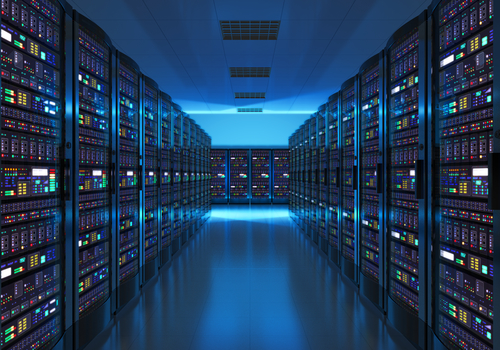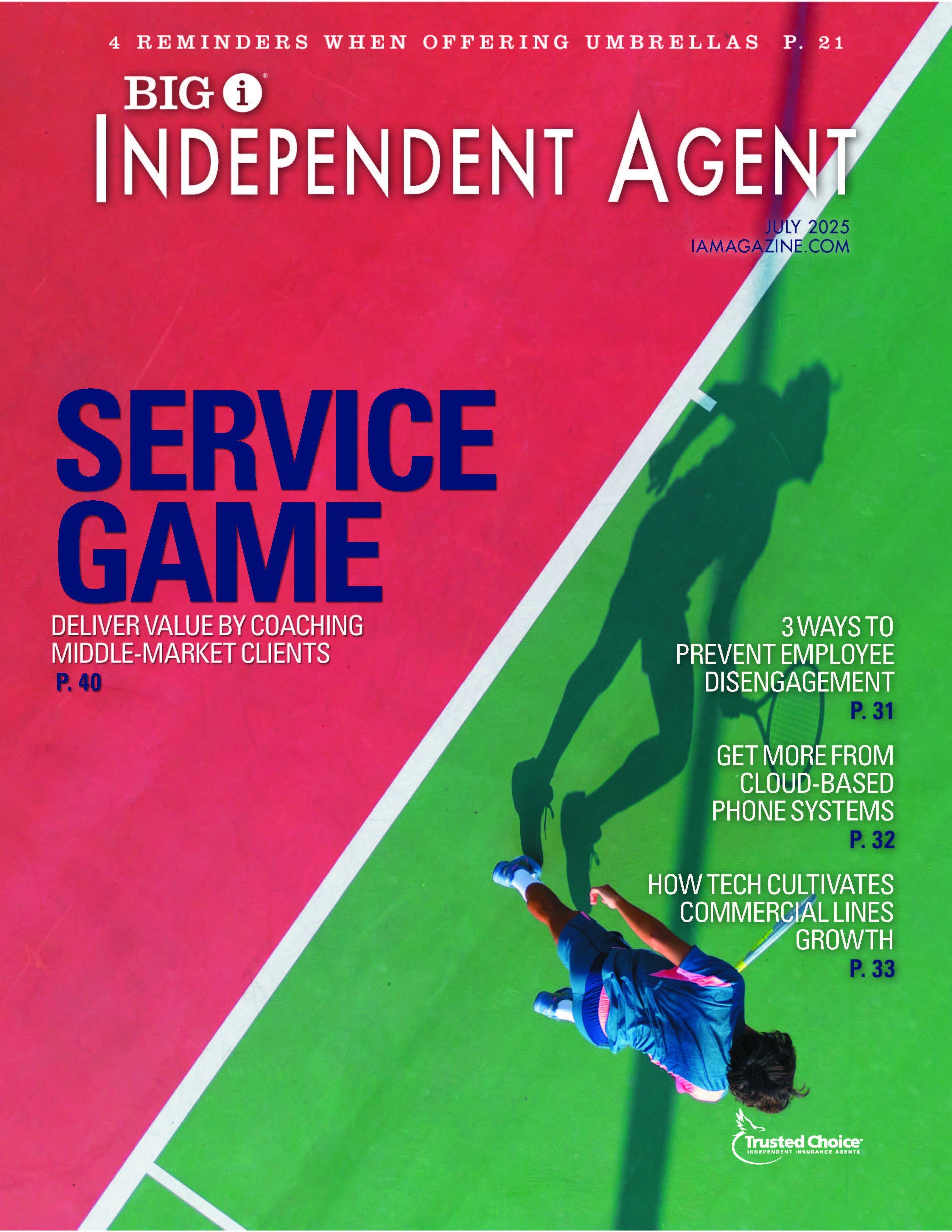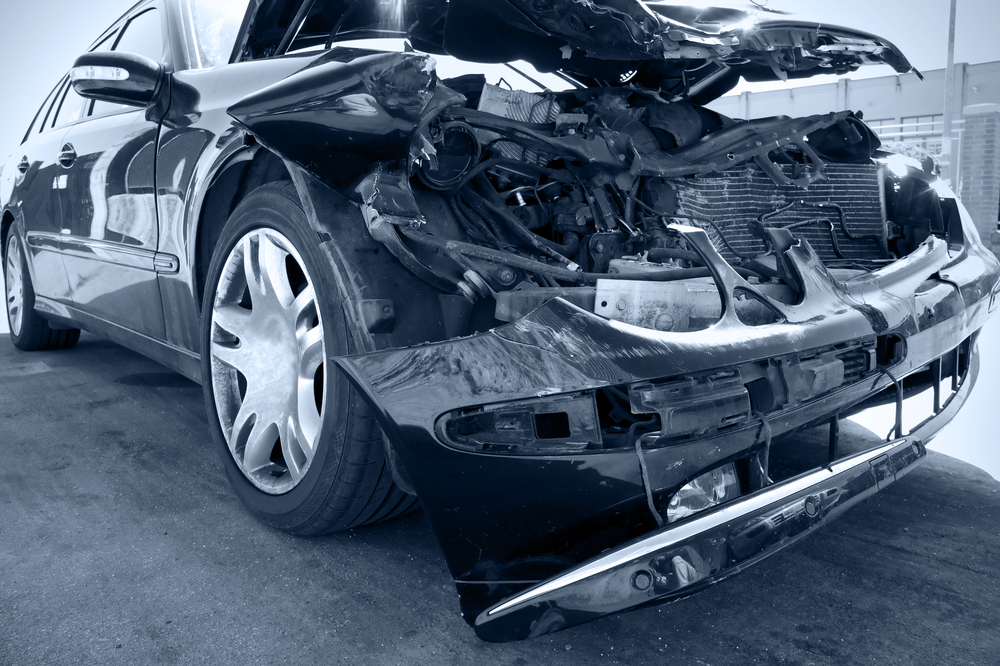Number Crunch: Data Challenges Stemming IoT in Insurance

By: Will Jones
Seventy percent of insurance carriers agree that the Internet of Things (IoT) is important to their overall strategy, according to a 2018 LexisNexis study. But a recent EY report found that only 36% of carriers are leveraging new data sources.
This kind of data transfer from client to company relies on the IoT, an interrelated system of devices, such as vehicles or appliances, embedded with software or sensors which are connected to the internet to report insights into how we use objects in our daily lives.
There is no doubt that the impact of the IoT on the insurance industry could be revolutionary in auto, home, life and commercial lines. And with more than three-quarters of insurance customers showing a desire to share personal information for faster claims and lower premiums, according to a recent Accenture study, the gamechanger could be just around the corner.
But before the industry can make sense of the tsunami of data flooding into insurance, there are a few kinks to iron out.
Mapping the Problem
“Getting enough information so insurers can actually make sound risk decisions is essentially the biggest challenge,” says John Beal, senior vice president of analytics and modeling, insurance, LexisNexis Risk Solutions. “For the insurance company to get enough performance data or loss information from a specific device, especially a wide range of devices, it takes a long time—it takes years.”
The plethora of IoT devices, such as sensors in homes and black boxes aboard vehicles, also means that carriers may receive data in many different formats. To make meaningful decisions with that data, carriers need the expertise and technology to synthesize it to make it compatible and appropriate for their needs.
“It takes a lot of time and devices to bring data together, normalize it and align it so the signals from all the different devices mean the same thing,” Beal says. “On the auto side, we get signals from black boxes and mobile devices. Depending on the model of the device, you can get a different signal pattern. A lot of work has to be done to normalize those signals.”
One of the key barriers for the IoT to rewire the insurance space is “finding out how to best leverage the digital exhaust that comes from all the sensors that are being embedded in homes, commercial products, autos and transportation grids, so that the information can be leveraged effectively, says David Bassi, executive director, EY.
Markets like auto are already saturated with devices. But for the insurance industry to make the information palatable, it might take even more technological advancements.
“Capturing and utilizing that information is going to rely on looking at patterns to learn from the information coming in and utilizing techniques like artificial intelligence and machine learning,” Bassi says. “This is information that nobody has seen before. Understanding the importance of data, given the huge volume and variety, is going to require much more sophisticated algorithms.”
The sheer volume of data necessary to make risk-averse decisions means that “unless you’re one of the largest carriers out there, it’s going to be hard to start unless many carriers are willing to pool the data together in a contributory environment,” says Beal, who suggests that some type of “centralized aggregator” could amass enough collective intelligence and corroborated data over time to offer valuable insights.
However, the competitive nature of the industry means that the sprint to make sense of the deluge of data has led to an arms race: a case of every company for itself. “Some carriers won’t hesitate to pool their data together. But those that feel particularly confident in their programs could hesitate because they know they’re getting a strategic advantage. Over time, even hesitant carriers realize the value of sharing data,” Beal adds.
Regulating the IoT?
The new frontier of the IoT presents challenges in terms of regulation. But “the good thing about the insurance industry is that it is already heavily regulated and has been for decades,” points out Beal, who doesn’t think regulation will pose much of an obstacle to the use of IoT data by carriers.
Bassi acknowledges that we are in a “period of uncertainty” when it comes to IoT and insurance regulation, but predicts that both regulators and the insurance industry will be able to work together to meet a common goal: helping customers.
“It’s going to be a learning curve on both sides,” Bassi says. “Regulation and insurance companies will co-evolve when it comes to using new forms of data like the IoT. Both sides have an incentive to bring the benefits to insurance consumers.”
In terms of privacy concerns, “people are willing to share information when they perceive there will be a benefit to sharing it,” Bassi says. “They certainly don’t like situations where they feel like they’re being manipulated. But as people see real benefit for themselves, whether that’s a better product, service or rate, they become increasingly willing to share.”
“If there’s an exchange for like for like value, I think consumers will continue to see an opportunity and willingness to share their data,” Beal agrees. “The idea of the wholesale use of a consumer’s data is going to change.”
Will Jones is IA assistant editor.










